Where Are They Now: Jonathan Shalfi ( Harima 2009-2012)
 As interviewed by Arjan Tulsi.
When were you in Hyogo and where were you placed?
I was in Harima-cho from 2009-2012, teaching at Harima-Minami Senior High School. In my first year I also had a visit school one day a week (Kinjo High School – a night school in Akashi).
What was your favourite trip/vacation that you took when you were a JET?
My favorite trip was when I visited Hokkaido in August of 2010. Most people think of Hokkaido as a place to go to ski or snowboard, but there’s a lot more to the place. There are some beautiful national parks and you get to see all kinds of landscapes and animals you won’t elsewhere in the country. Plus the weather is nice during the summer months – while Hyogo was sweltering it felt like early fall in Sapporo.
Knowing that you like onsen and the outdoors, are there any onsen or hikes that you’d recommend?
Though it’s something of a cliché I always enjoyed the rock garden hike at Mt. Rokko. It’s easy to get to and has good views. The old rail trail near Takarazuka is another good one, especially in the summer when you don’t feel like sweating too much. If you’re willing to go a little farther, I can recommend Yatsubuchi-no-taki, a hike in Shiga-ken. The Lonely Planet Hiking in Japan book is a good English-language guide.
As for onsen, you have to visit Kinosaki. We’re lucky to be living in Hyogo because of it. Even in the summer it’s nice, as there are nice beaches nearby where you can go swimming. Closer to home I always liked going to Kobe Sauna in Sannomiya – the onsen they have there is actually pretty good.
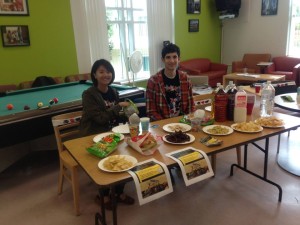 As a selective meat eater, is there anything that you’d rate as a must try food-wise in Hyogo?
As a selective meat eater, is there anything that you’d rate as a must try food-wise in Hyogo?
For a meal you should try The mid Diner, an almost-24 hour restaurant near Sannomiya. The food is pretty good and it’s inexpensive (and there are non-meat options); plus there are a few tables on the sidewalk, and you know how special that is in Japan! http://tabelog.com/hyogo/A2801/A280101/28008346/
For something sweet you have to visit Jucheim, the bakery that introduced the now ubiquitous baumkuchen to Japan more than 100 years ago. One of the company’s first stores is still open, near Motomachi (café area upstairs).
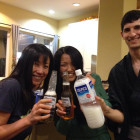 What’s your favourite memory of Hyogo?
What’s your favourite memory of Hyogo?
My favorite memory (I should say memories) is the classes I taught. Teaching was rewarding and sometimes a lot of fun, especially when we did special lessons about American holidays or traditions. I’ll always remember the multiple choice “quizzes†I gave the students to test them on their knowledge of Americana. (E.g. Who is the popular mascot of July 4th? Most common answer: Captain America.)
What did you do immediately after leaving JET?
I immediately went to San Diego, where I started my graduate degree.
 Did you suffer any culture shock?
Actually, no. Half the reason is that I went straight from teaching to starting a demanding graduate program, so I didn’t even have the time to feel sad or lost in my new surroundings. The other half of the reason is that there are a lot of Japanese students in my program, San Diego has a lot of Japanese culture, and I was able to start Japanese classes right away.
 What are you doing now?
I am currently a student at IR/PS, the School of International Relations/Pacific Studies at UC San Diego. I’m studying for a master’s degree in international relations, focusing on Japanese energy policy. I’ll be graduating this summer and plan to move back to Japan to pursue a PhD.
How did I end up doing this? Like a lot of JETs I knew I wanted to make Japan part of my life, and I wanted to be able to return to the country in the future. I thought about what I was interested in, how I could use my background (I studied engineering as an undergrad), and how I could make it back to Japan.
The inspiration to study energy policy came in two parts – one was the experience of living through March 11th and seeing the changes in Japan’s energy use. I was fascinated by how energy became such a big part of the national dialog, as people were beginning to realize just how great the implications of the country’s energy choices were. I wanted to know more. The second thing that led me to study energy policy was, frankly, a lot of time at Junkudo. The store near Umeda (the big Maruzen one) has a big section of English language textbooks. Looking through some books on energy and environmental policy I realized this was something I was interested in and could study. It wasn’t hard then to research some schools and go through the application process.
Things have been working out well. This past summer I had an internship in Tokyo, doing research on the expansion of the country’s use of renewable energy. This spring I’ll return to Tokyo to study abroad at Todai.
Any advice for current JETs looking to go to grad school?
The most important thing is to know what the ultimate goal is – this could be a type of job you want, a place you want to live, or even a lifestyle you want to have. From there you figure out how graduate school will help (or if it even will). What kind of degree do you need? What is a good school to go to? And, how can you prepare for graduate school (as the work starts before you even enter)?
To know what the ultimate goal is you have to know yourself. I think everyone has some idea of what they want – even if it’s vague or broad, think of this as a starting point. The more you pursue it the clearer the path will be.
To know what kind of degree you should study, I recommend visiting the Junkudo in Umeda that I mentioned earlier. Look through textbooks on different subject and see what you’re interested in. If you want to go for an MBA, for example, find some business school textbooks and see if that’s what you really want. You might be surprised at what piques your interest!
You can start researching graduate schools online, but once you have some options contact the schools. Talk to professors or administrative staff. You’ll have introduced yourself to the school (which helps in the application process), and will learn more about the school itself. If possible, find time to visit schools before you apply. Even if you have to take a trip back to your home country, I highly recommend it.
Lastly, get started on graduate school before you actually enter the program. Find out what classes you’ll be taking in the fall and get a head start on the material.
You should start the whole process at least a year in advance (of when you finish JET). You can’t rush through making a big decision like attending graduate school.
Any advice or tips for current ALTs?
My advice is to always be thinking about what you want to do after you finish. You don’t have to be doing intense research about future careers but keep it in the back of your mind, and talk about it with your friends. It’s almost a luxury having years to figure out what you want to do with your life!
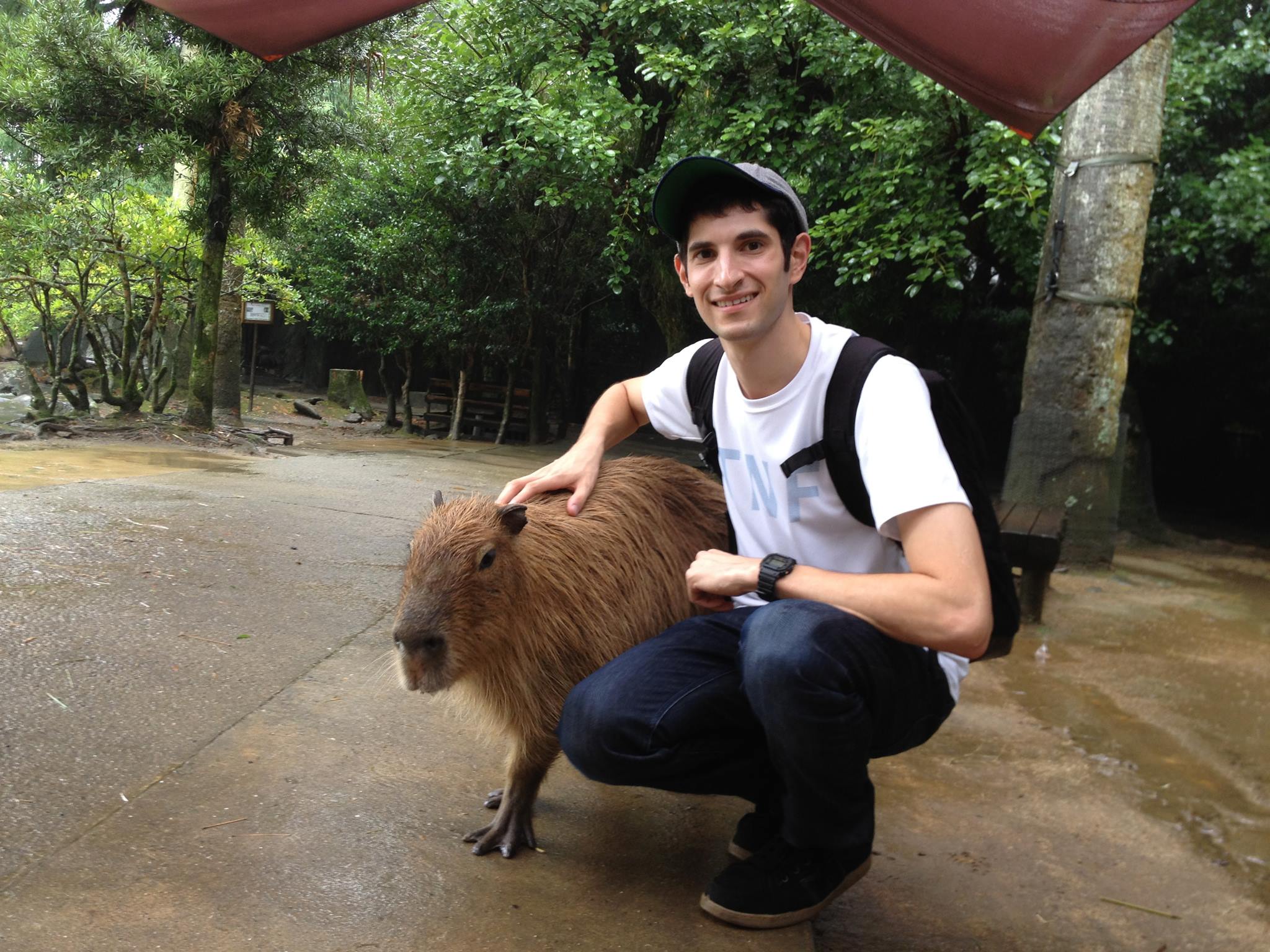
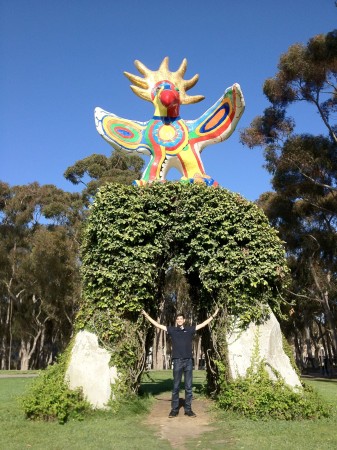
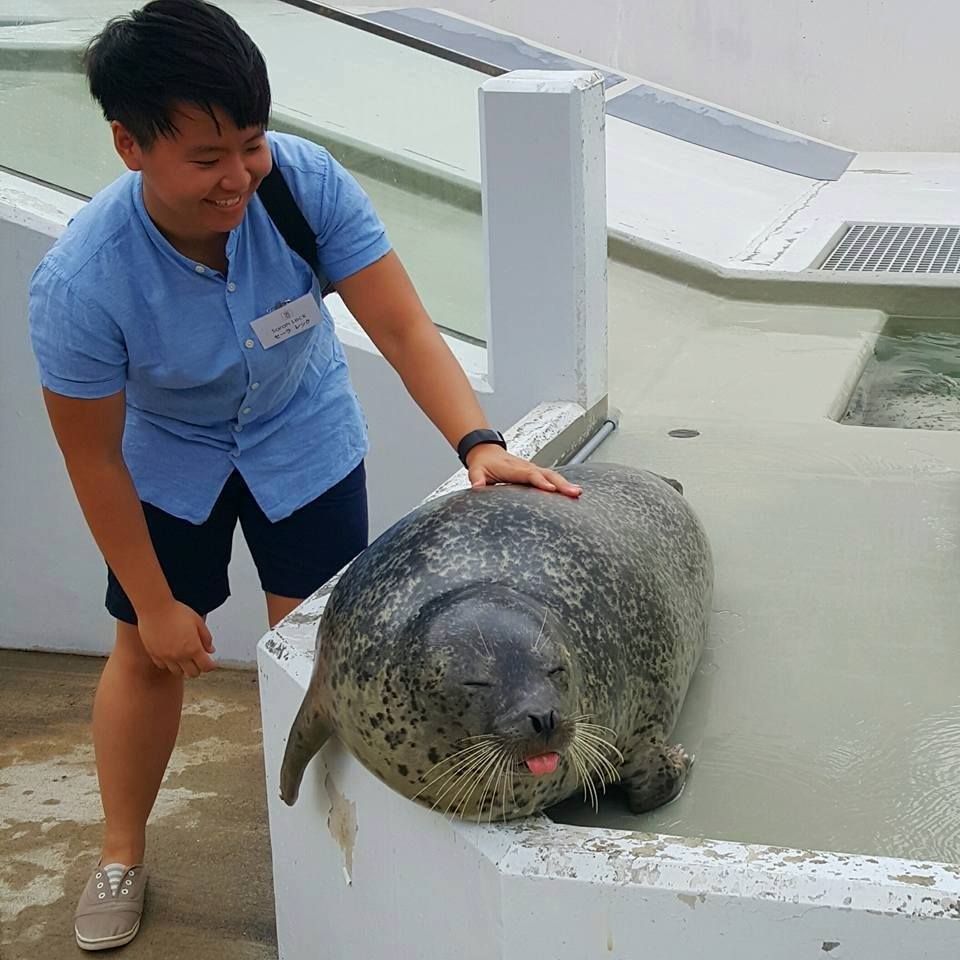
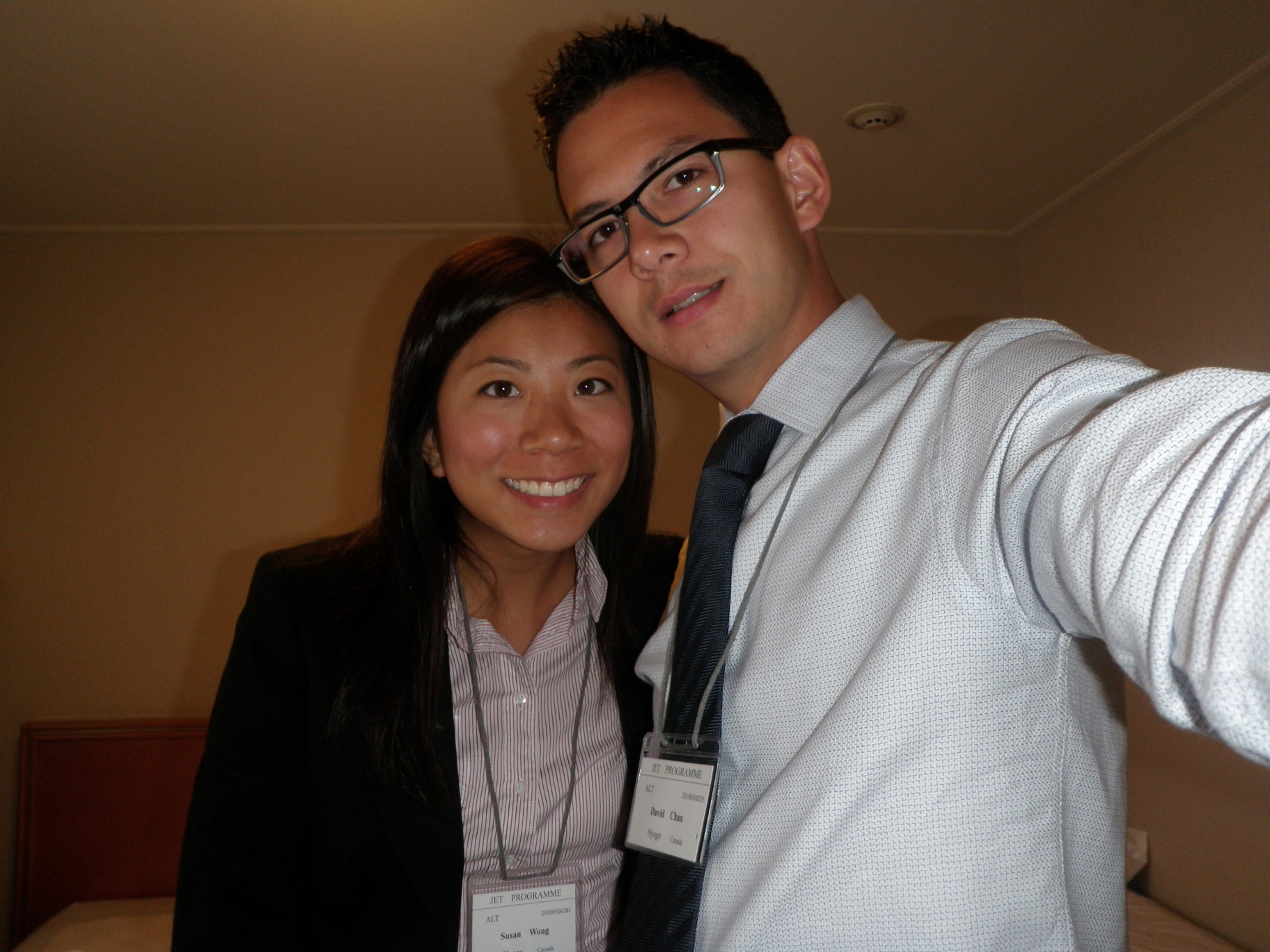
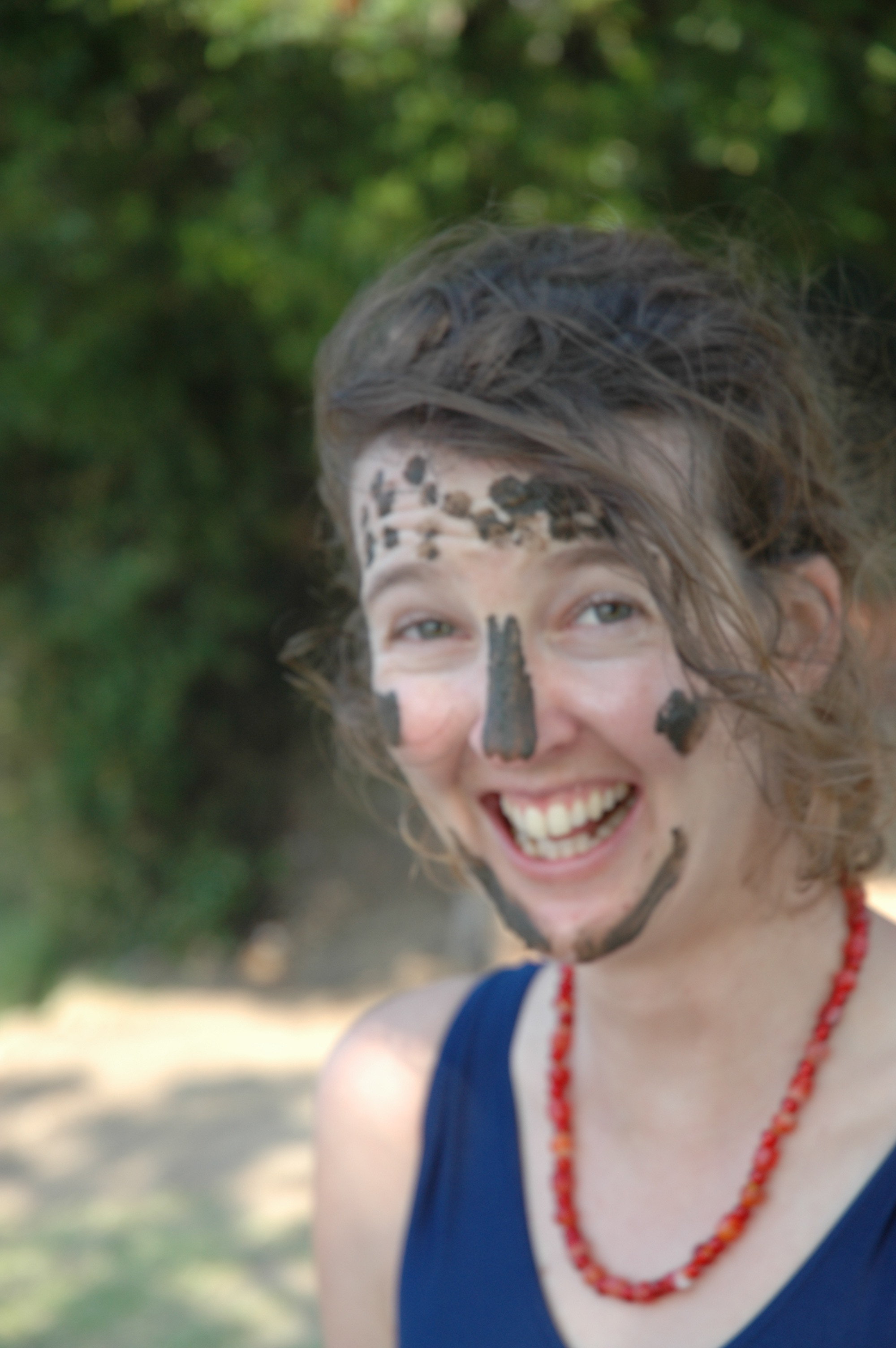

I enjoyed this excellent article about life after the JET program. It was interesting, informative, and very sincere. Jonathan Shalfi is a good role model for all future JET participants. He devoted himself not only to teaching at Harima, but to traveling and learning about Japan.